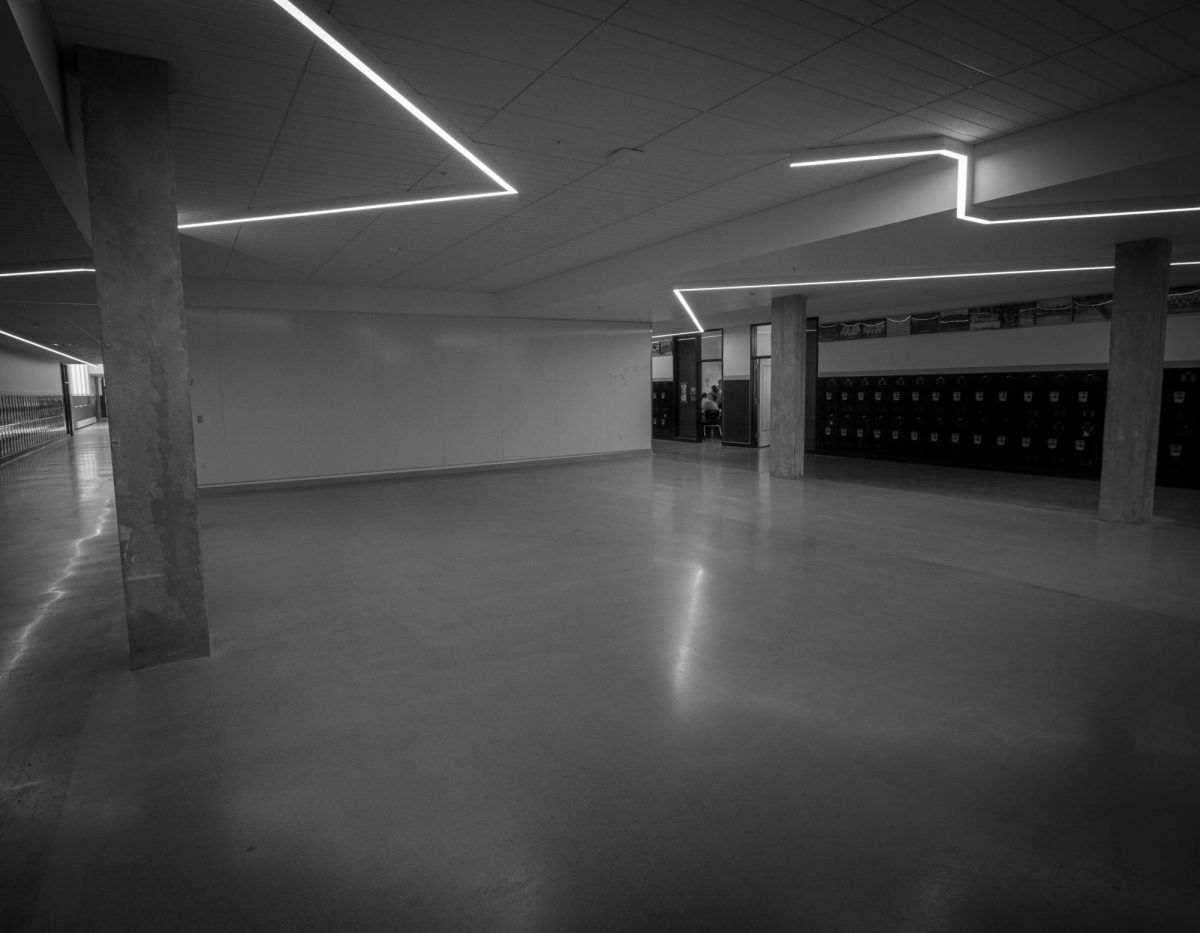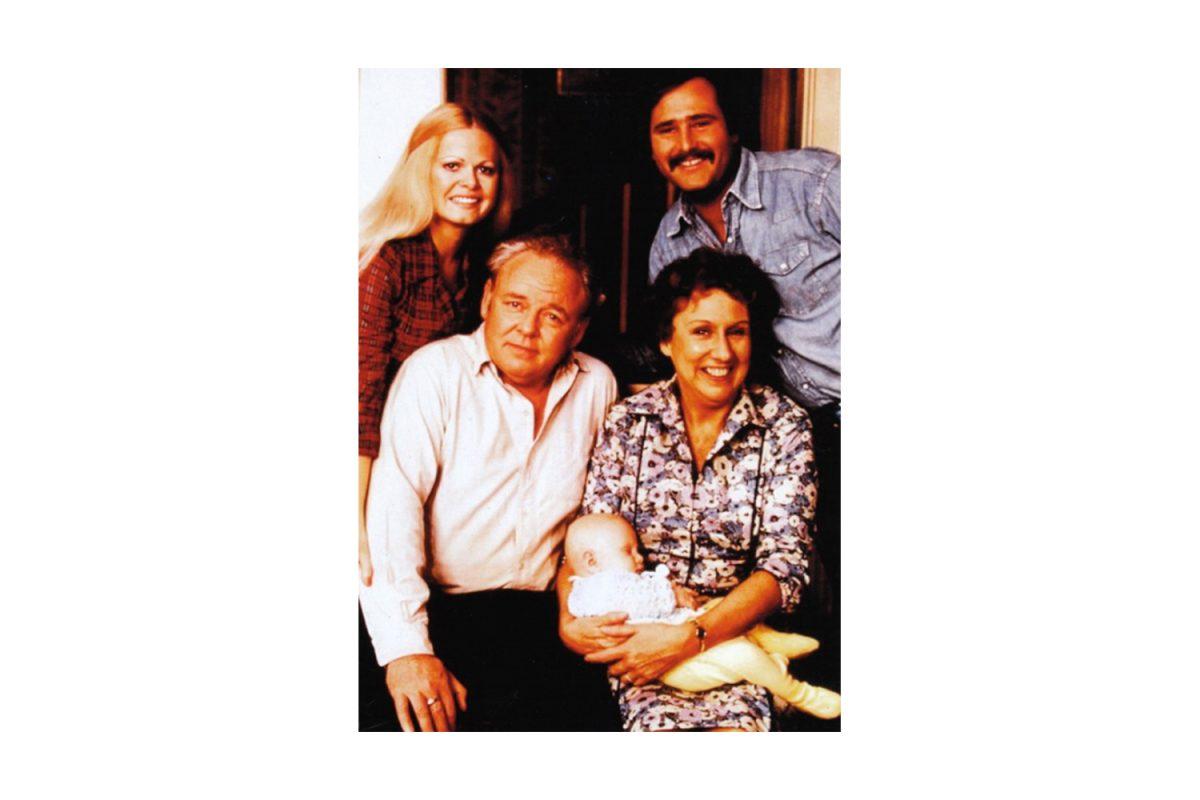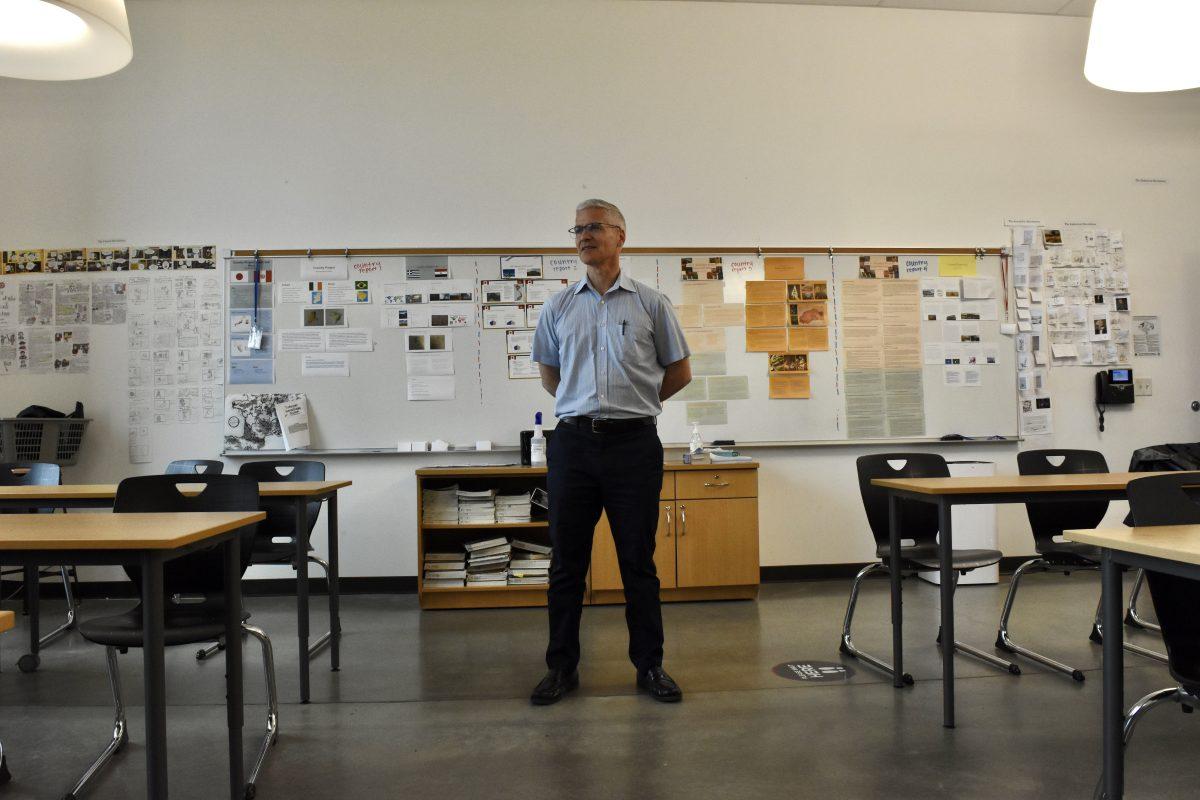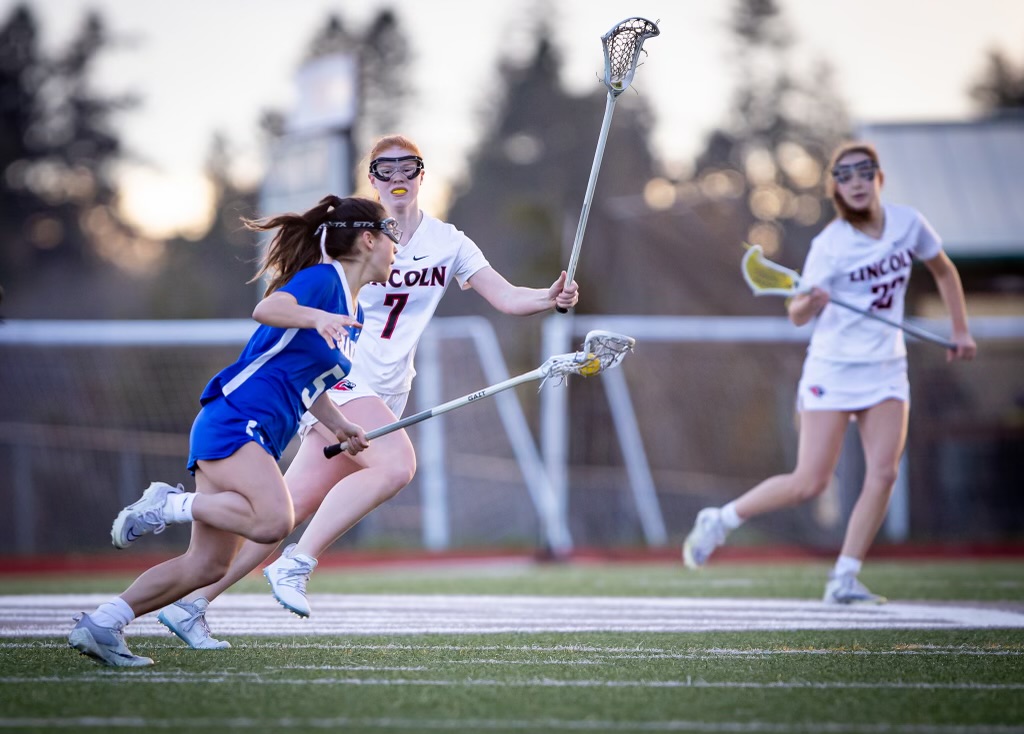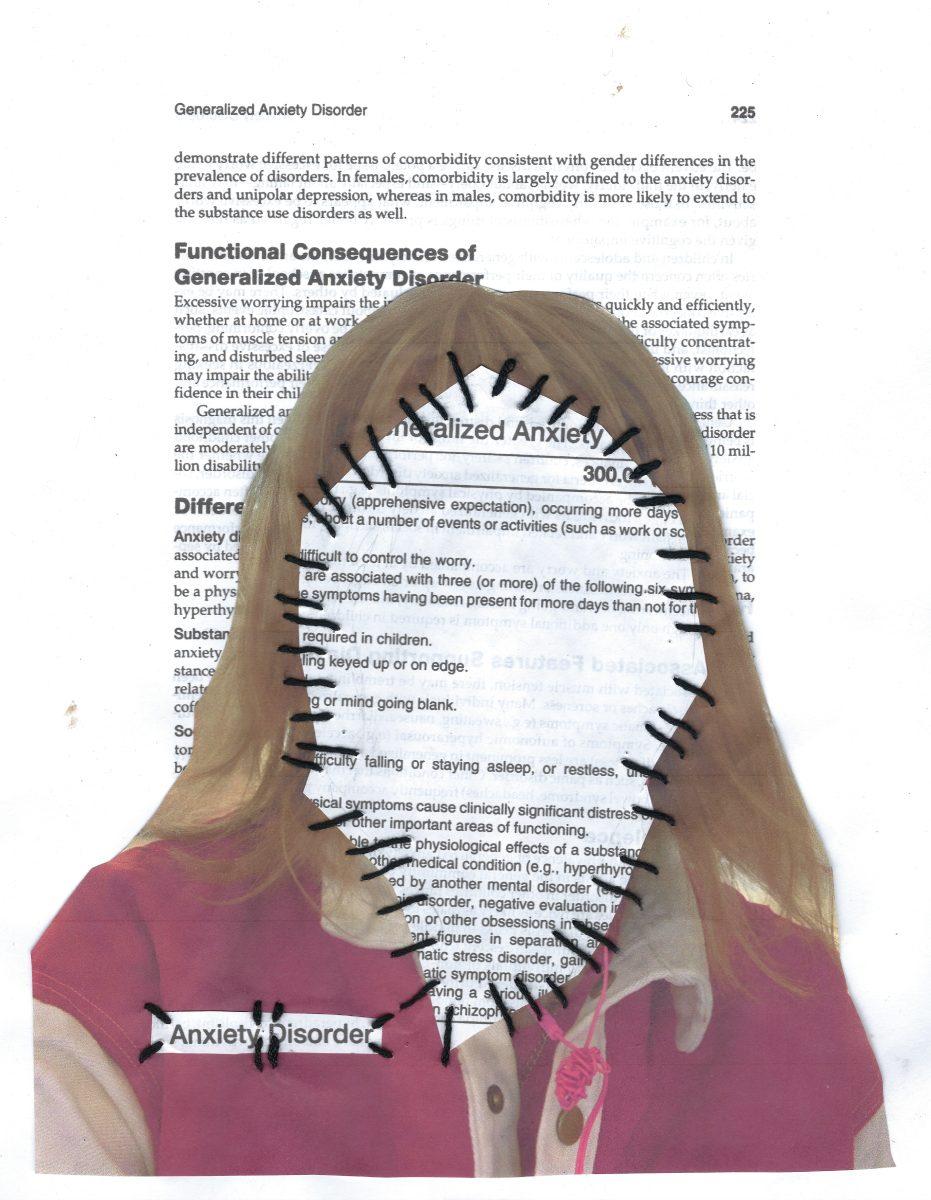First established in 1966, the Portland Association of Teachers (PAT) represents over 4,500 educators working at the 81 schools that make up Portland Public Schools (PPS), Oregon’s largest school district. The teachers under the PAT are heavily involved in many PPS decisions. According to its website, the PAT uses its right to unified bargaining “to create the best possible learning environment for our students, by protecting our profession and advocating for frontline educators.”
On Nov. 1, 2023, the PAT went on strike for the first time. However, the union has come close to striking before on two occasions: once in 2003 and once in 2014.
In 2003, ongoing negotiations between the union and the district had hit a snag. Throughout months of continuous bargaining, PPS’s primary proposal included freezing wages (keeping teachers’ annual salaries stagnant without increasing to compensate for inflation) and transferring health care costs, previously paid by the district, to the teachers in an attempt to save money in the long run.
While bargaining, the PAT conceded on salary freezes, but would not budge on allowing the district to place a cap on health care costs. With little to no progress being made, the union decided to assemble for a strike vote at the Oregon Convention Center. Three thousand five hundred of the PAT’s 3,800 members were present; fewer than a dozen opposed the strike. It seemed a strike was all but unavoidable. At the very last minute, the district and union leaders came to a unique settlement.
“We agreed to work 10 days for free to keep schools open,” says Donald Gavitte, a social studies teacher who has worked at Grant High School for 25 years.
In total, the district planned to shave 24 days off the school year; the other 14 were to be paid for by future tax revenue. Through this contract, teachers were able to keep their full health benefits while accepting a 1% pay raise over the next year.
The other near-strike came in 2014. Similar to the 2023 strike, the main bargaining points the union aimed at during the negotiations included smaller class sizes and workload relief. There was also a focus on limiting the expanded use of standardized testing to evaluate, and in some cases fire, teachers.
Although the vote to strike was successful, PPS and the PAT came to a last-minute agreement, narrowly avoiding the strike. Two days prior to the set strike date, the district made some significant concessions. PPS agreed to hire a minimum of 150 new teachers across all grade levels, allocating 50 new hires to high school, 70 to the lower grades, and 30 to special education. Also included in the contract was a commitment to increase elementary school teachers’ weekly prep time from 185 to 260 minutes. These two points were primarily aimed at the union’s demands for a more manageable workload.
Dylan Leeman, a Grant Language Arts teacher, compared the 2014 situation to the 2023 strike. “It was a harder decision then than it is now,” he says. “Teachers were nowhere near this united and fed up (in 2014).”
As for the issues with the use of standardized test scores, PPS committed to excluding students’ performance on standardized tests in transfer, layoff, salary, and disciplinary decisions regarding teachers.
The contract agreed to continue paying 93% of educators’ health care premiums. To keep pace with inflation, PPS also agreed to raise salaries by 2.3% over three years, starting retroactively in July 2013, therefore applying to the 2013–2014 school year.
Workload relief and class sizes have been on the union’s primary agenda for years. Teachers fought for raised salaries in all three instances, with the recent strike resulting in a 13.8% cumulative cost-of-living salary increase over the next three years. On health care, the issue has ranged from negotiations on whether or not the district should pay health care costs, to most recently, fears of losing said health care while on strike.
Since its founding, the PAT has bargained for the wants and needs of its teachers, coming close to a strike twice and, recently, actually walking out on the picket line. Should we expect similar bargaining between PPS and PAT in the years to come? Or, does this contract mark a turning point in their relationship?


